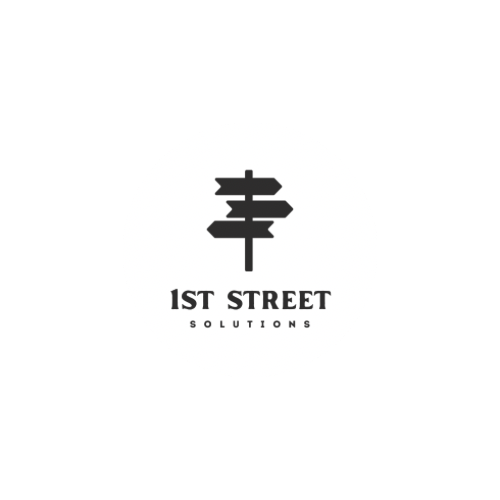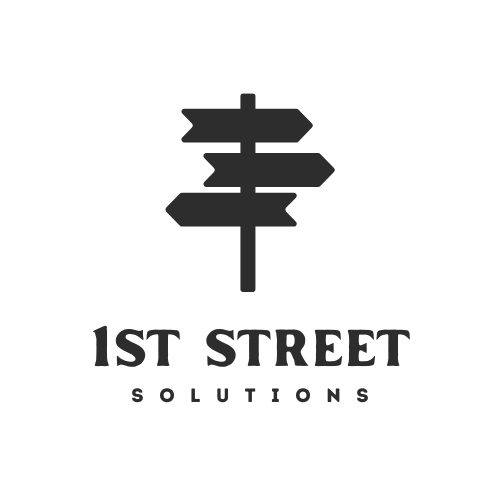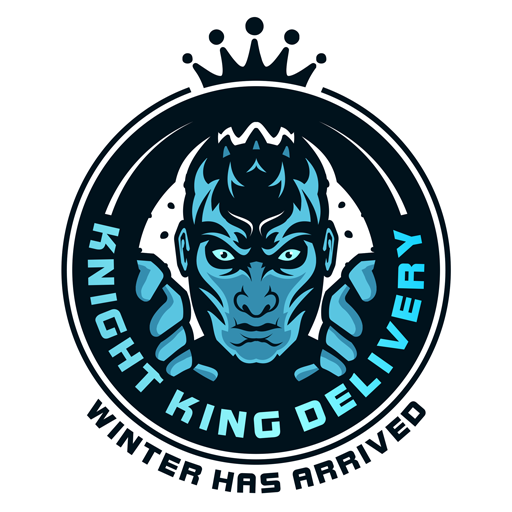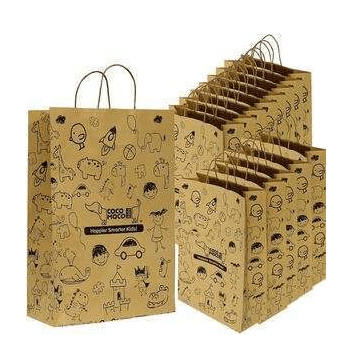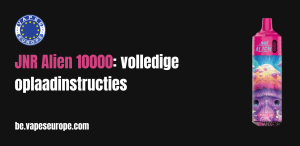Food businesses often look for packaging that does more than just wrap items. A focused deli paper strategy means selecting deli wrap material that fits your food type, branding goals, and operational needs. With the right deli paper, you get both function and form.
Using the wrong paper leads to soggy sandwiches, leaks, or poor customer experience. But when you pick correctly, you get:
- Grease resistance
- Clear branding
- Clean presentation
- Cost efficiency
Below, you’ll find how to choose, design, and deploy deli paper—plus FAQs to guide your decisions.
What Is Deli Paper & Its Key Features
Deli paper is a thin sheet or roll of food-grade paper used primarily for wrapping sandwiches, deli meats, bakery items, and lining trays. It often has a wax or greaseproof barrier to prevent oils from seeping through.
Key attributes:
| Feature | Why It Matters |
| Grease resistance | Keeps wrappers dry and food safe |
| Lightweight & flexible | Easier to fold around food items |
| Customizability | You can print logos or custom patterns |
| Breathability | Helps prevent sogginess for some hot items |
| Food safety & compliance | Must meet regulatory standards |
Variations include wax-coated, dry (unwaxed), and greaseproof versions.
You’ll often see them as deli paper sheets, rolls, or custom cut sizes.
Why Food Businesses Choose Custom Deli Paper
Going with a custom deli paper offers more than just a wrapper—it becomes part of your brand experience.
Branding & Visual Impact
With custom printing, each wrap becomes a mini advertisement. Your logo, tagline, or pattern reinforces brand recall. Many suppliers (like Thedelipaper) handle design, proofing, and printing to simplify this.
Food Protection & Hygiene
A well-chosen deli wrap maintains food integrity—no leaks, no cross-contamination, and safer delivery. For greasy or moist foods, a waxed or greaseproof sheet is vital.
Operational Efficiency
Pre-cut sheets, consistent sizes, and easy dispensing reduce waste and speed up service lines.
Cost & Sustainability
When ordered in bulk, custom deli paper sheets are surprisingly cost-effective. Many options now are biodegradable or recyclable, aligning with sustainability goals.
How to Pick the Right Deli Paper for Your Business
There isn’t a one-size-fits-all. Your choice depends on:
Food Type & Moisture Level
- For greasy or saucy items: waxed or greaseproof.
- For drier foods: unwaxed or lighter weight sheets.
Printing & Design Needs - One-color logos or full-color designs.
- Ensure the ink and paper combination resists smudging.
Size & Format
- Sheets: convenient for discrete items like sandwiches.
- Rolls: better for custom lengths or large items.
Order Volume & Minimums
- Some printers require a minimum order; sample runs can help test.
Choose suppliers who offer flexible minimums for smaller brands.
Eco Credentials
- Biodegradable, compostable, or FSC-certified paper adds value.
Supplier Reliability & Support
- Select vendors with experience in food packaging and regulatory compliance.
A provider like Thedelipaper can help you refine these criteria and source the right materials.
Best Practices for Using Deli Wax Paper & Deli Paper Sheets
To maximize performance:
- Store in dry, cool conditions — avoid humidity that could warp sheets.
- Keep rolls or stacks protected — use dispensers to prevent contamination.
Test wrap style — fold vs. full wrap depending on food shape.
Train staff — consistency matters in wrapping neat, clean packages.
Use liners — combining deli paper with tray liners or grease pads can help for heavier items. - Monitor waste — track how many extra sheets are used; too many means wrong sizing.
Sample Use Cases & Applications
- Wrapping sandwiches, subs, or burritos
- Lining baskets, trays, or boxes
- Separating cheese slices or deli cuts
- Serving bakery items like pastries or cookies
Custom printed patterns for catering events
Because it’s thin, many food businesses also prefer deli wax paper sheets for more oily or treated foods.
Frequently Asked Questions (FAQs)
Can deli paper go into the oven?
Typically, no. Only specific waxed papers designed for heat are safe. Always check product specs.
What’s the difference between deli wax paper and greaseproof sheets?
Wax paper has a coating that improves moisture barrier; greaseproof is treated without a wax coating for lighter barrier functions.
Will the printed ink rub off onto food?
Good printers use food-safe, set inks that don’t rub. Always ask suppliers for proof and certification.
How many times should I use the term “Focused Deli Paper” in marketing content?
You’d want it in the title, a subheading, and somewhere in body text—but in natural flow.
What’s the typical lead time for custom orders?
Many suppliers quote 2–3 weeks, depending on volume and complexity.
Final Thoughts & Action Steps
A smart deli paper choice protects your food, elevates branding, and streamlines operations. When implementing, keep these steps in mind:
Define your primary food types (moist, oily, dry).
Work with a trustworthy supplier for custom printing and material options.
Order sample runs to test wrapping, smudge resistance, and waste.
Train staff with standard wrap methods.
Evaluate sustainability options and order volume for cost efficiency.
If you want help narrowing choices or getting proofs, Thedelipaper is a solid partner in custom deli paper solutions.
